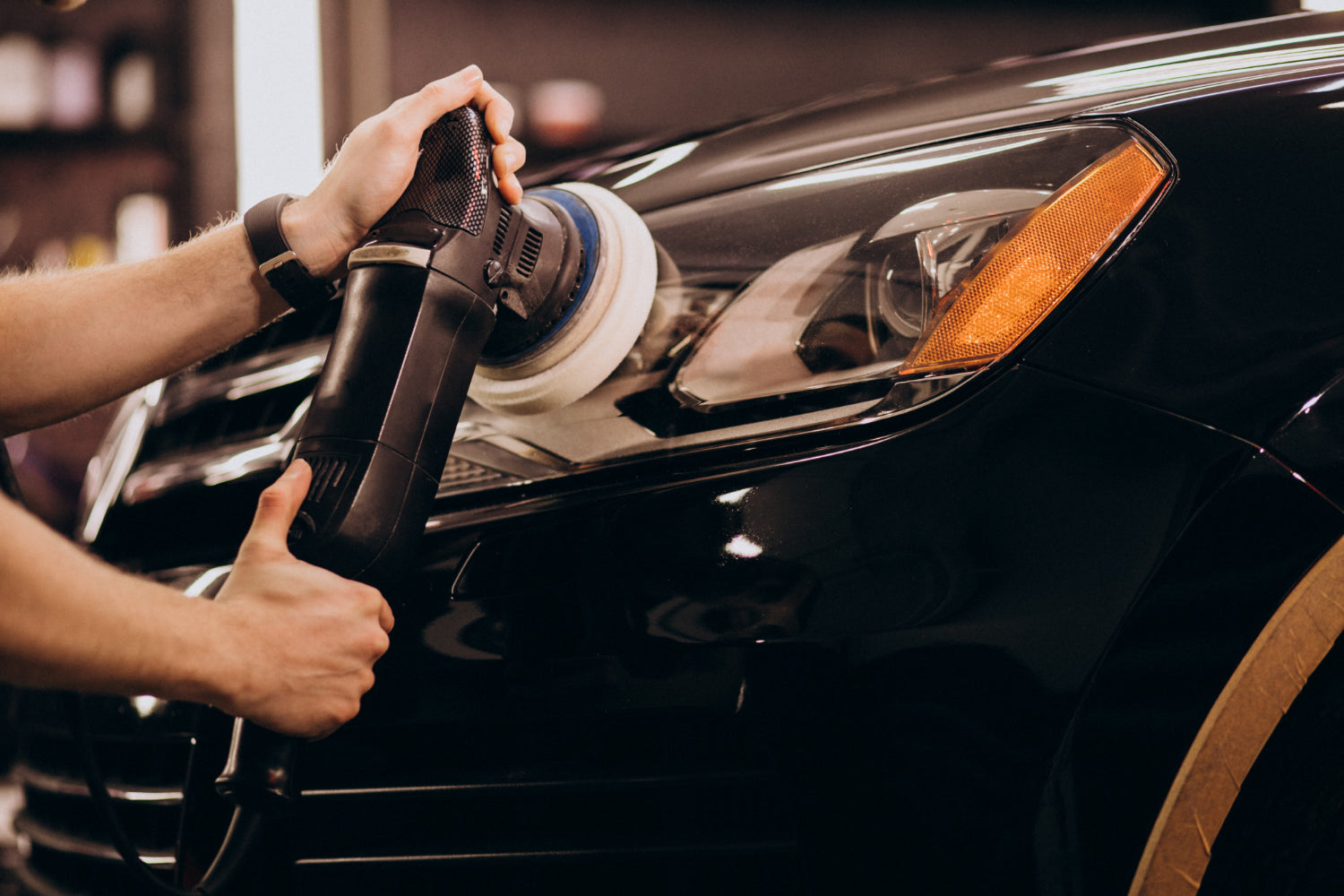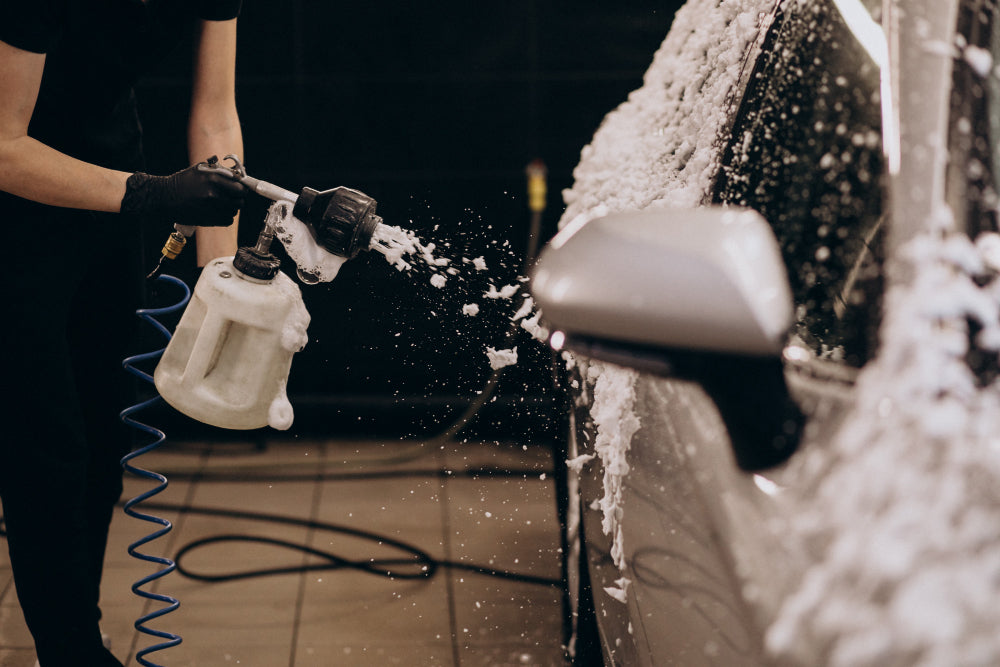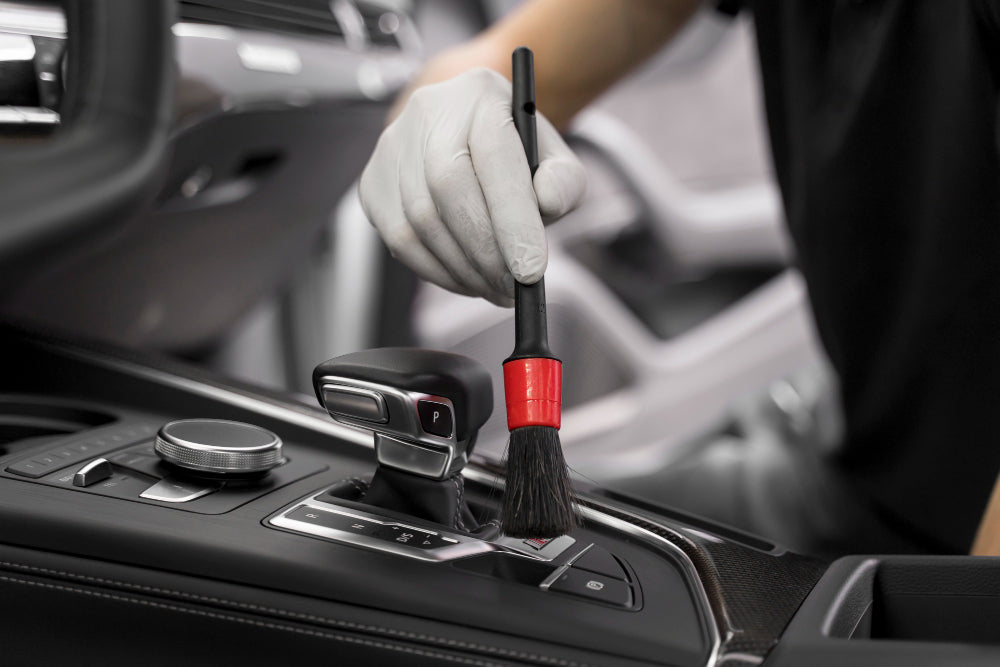I.Daily Care for Car Paint Surface:
-
Parking:
To prevent corrosive dust and harmful gases from corroding the exterior surface of the car, it is advisable to park the car in a clean area. Ideally, park indoors to protect against natural elements like sunlight, wind, and rain, which can cause paint aging, cracking, and loss of shine. In areas with high sand content, install garage doors to avoid sand abrasion on the car surface. If indoor parking is not possible, use a car care cover for protection. Car care covers have properties such as waterproofing, UV radiation resistance, corrosion resistance, mold resistance, and do not cause abrasion on the paint surface. They effectively shield outdoor-parked cars from high temperatures, UV rays, dust, and chemical pollutants.
-
Cleaning:
Before parking the car indoors daily, remove the dust from the car's exterior surface. Determine the car wash cycle based on road and environmental conditions, generally washing once a week. In muddy or chemically polluted areas, washing daily is recommended.
-
Drying:
After washing the car, promptly dry it with professional car wash towels or bath towels, avoiding the use of hard fabrics. During drying, apply even pressure, and avoid back-and-forth or circular wiping on the paint surface. Vertical straight-line wiping along the car body is recommended to minimize the appearance of fine scratches. Since fine scratches are inevitable during wiping, aligning them with the car's longitudinal lines can make them less noticeable due to the visual illusion caused by eye disparity. Scratches with a rotational arc trajectory are more easily noticeable and can affect the overall aesthetics.
-
Enhancement and Protection:
To maintain the gloss and aesthetics of the car's paint surface and prevent damage from sunlight and harmful substances, perform a polishing treatment after washing. Polishing materials include various waxes and brighteners containing high molecular materials such as polyethylene emulsion and silicone. These materials form a high molecular protective film on the paint surface, providing maintenance, increased gloss, and protection against UV radiation, acids, and alkalis.
-
Inspection:
During daily care, inspect the defects on the entire car paint surface, identifying their types and distribution for future special care.
- Check for residual tar, acid rain, and other stains on the car body surface.
- Inspect for defects such as orange peel, web patterns, and sun patterns on the car body surface.
- Examine the depth of scratches on the car body surface. Shallow scratches can be addressed with polishing and waxing, while deep scratches may require paint touch-up.
II.Interior Care:
To extend the lifespan of interior components and maintain their luster, perform necessary care operations after cleaning.
(A) Interior Care Products:
Interior care products are used on surfaces made of synthetic fibers, leather (including synthetic leather), rubber, plastic, etc., providing gloss, wear resistance, and anti-aging protection. They are applied to car seats, dashboards, roofs, door interiors, etc.
- Types of Interior Care Products:
- Synthetic Fiber Care Products: These products often combine cleaning and protection, with some containing cleaning agents for effective dirt removal. They utilize silicon resin to protect against UV rays, aging, and corrosion while facilitating easy cleaning after re-soiling.
- Leather Care Products: These products aim to polish and soften genuine leather and leather goods, providing anti-wear and anti-aging effects. High-quality products contain water-based silicon-free polymer gloss agents suitable for lacquered leather.
- Rubber and Plastic Care Products: Rubber care products prevent oxidation of rubber and plastic through UV resistance. Similar products for leather care can also be used on rubber and plastic surfaces.
- Multi-functional Care Products: These products can be applied to almost all materials, serving as both interior and paint surface care. For instance, multi-functional interior care liquids are suitable for caring for velvet, genuine leather, and plastic components, as well as car paint.
(B) Interior Care Methods:
- Enhancement Treatment:
After thorough interior cleaning, perform a polishing treatment promptly. Traditional interior care products only provide a single gloss function, maintaining shine without protective effects. New-generation gloss agents contain surface activators and softeners, providing both gloss enhancement and care effects. They quickly moisturize the surface, restoring elasticity and smoothness, preventing phenomena like cracking, hardening, and fading.
- Plastic Surface Polishing:
Periodically use plastic polish on interior plastic components for gloss enhancement. Plastic polish can be sprayed or wiped onto surfaces, leaving them bright and preventing plastic aging.
- Leather Surface Polishing:
Select leather cleaning and softening agents along with protective gloss agents for polishing leather surfaces. The method involves spraying the cleaning and softening agent on the leather, wiping it dry after 1–2 minutes, and then applying the gloss protection agent. After another 1–2 minutes, wipe as needed and let it dry. The treated leather and plastic surfaces will exhibit a rejuvenated effect.
By following these interior and exterior care practices, car owners can ensure the longevity, aesthetics, and protection of both the car's paint surface and its interior components.



